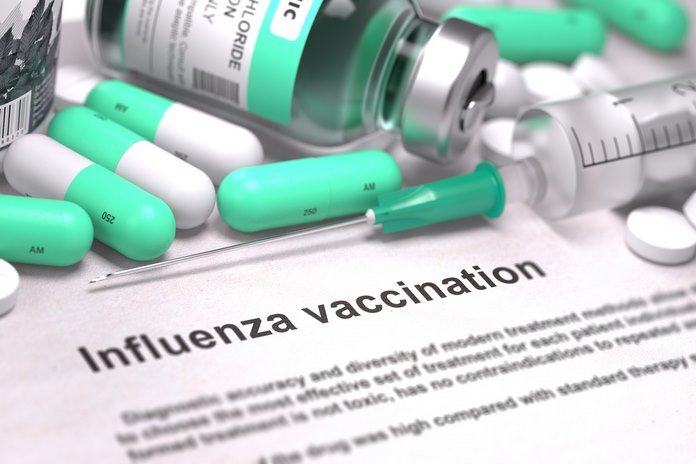Influenza Prevention

According to the Center for Disease Control and Prevention (CDC) recommendations, every individual aging six months or older must receive influenza vaccination per year. By receiving the annual shot for influenza infection, a person might reduce the infection’s risk and its severity. Moreover, the annual vaccination for flu can also decrease the risk of having any severe illness from the influenza virus attack. Therefore the chances of staying at the hospital can also be lower. Influenza vaccination is very important, particularly when the season changes because the common cold symptoms are somewhat similar to influenza infection. Moreover, due to the coronavirus COVID-19, the people might also doubt the symptoms quite resemble the influenza infection.
The confusion of COVID-19 symptoms can greatly reduce by receiving the vaccination for the influenza virus. It is crucial to understand that by preventing and reducing the severity of influenza symptoms, the chances of hospitalization might also be lower, which can help indirectly lessen the number of people staying in the hospital. Every year the influenza virus injections in every changing season protect from at least three or four influenza virus strains that are most likely to become the cause of influenza symptoms. Due to the COVID-19 precautionary measures, the vaccine for influenza virus is available as a nasal spray and as an injection.
Due to medical science advancements, there was a hot issue about the nasal spray vaccine’s ineffective work to combat certain strains of influenza virus. However, the use of the nasal spray vaccine is very effective in this season of COVID-19. However, the use of a nasal spray vaccine is not a recommendation for some individuals, such as people who have compromised immune systems, children between the ages of 2 and 4 years, people having asthma, and pregnant women. The people who had some food allergy, including the egg allergy, can still get an influenza vaccination. The application of influenza vaccination is not one hundred percent effective, so it is also beneficial to reduce the spread of infection.
One of the key measures to stop the spread of influenza infection involves avoiding crowded areas. The virus responsible for influenza infection starts spreading easily wherever people gather, such as in office buildings, child care centres, schools, public transportation, and auditoriums. By avoiding being in crowded areas during the peak season for influenza infection, you can majorly reduce your chances of developing an infection. Try to avoid the ones who are already sick. When you are sick, try to stay at home for at least 24 hours after the fever symptom starts disappearing so that the chances of you spreading the infection to others are lesser. Personal hygiene is also very important and mandatory to stop the spread of influenza infection. Washing your hands regularly for at least 20 seconds with soap and water is a very effective way to prevent influenza and other germs.
You can use alcohol-based hand sanitizers to keep your hands clean when there is no water availability to wash your hands, like when you are traveling or working. Try to avoid touching your nose, eyes, or mouth as these openings are very viable for the growth of germs or viruses and then ultimately cause influenza infection. By cleaning the surfaces that might touch more often regularly can also help in the prevention of influenza. People usually neglect cleaning the surfaces of their smartphones or their car, which we use more frequently, and the chances of the virus to reside on those surfaces are also higher. Try to cover your mouth with the help of a tissue whenever you cough or sneeze and then wash your hands. As of the COVID-19 pandemic situation, the chances of influenza and COVID-19 to spread are higher. By wearing gloves, masks, and practicing, social distancing can greatly help stop the spread of COVID-19 and influenza infection as both are viral infections.
